Conny Waters – AncientPages.com – Scientists say they are investigating a 1-million-year-old human skull that gives a remarkable opportunity to get more insight into the complex history of human evolution.
The discovery of the well-preserved fossil, named No 3 skull of Yunxian Man, occurred at an excavation site known as Xuetangliangzi in Yunyang district, Shiyan city, Central China’s Hubei province.
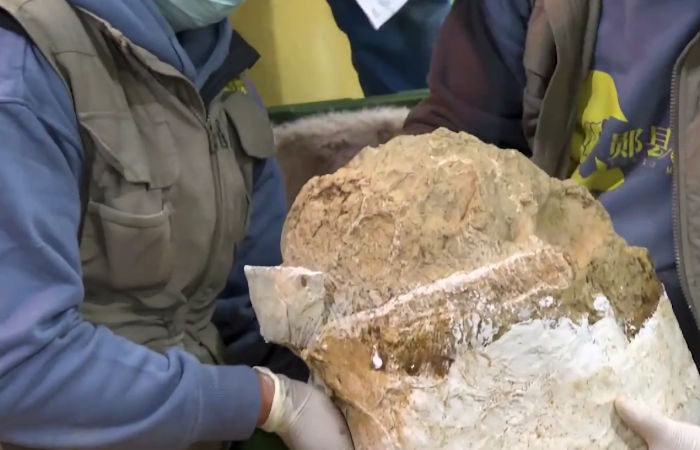
It took archaeologists months to remove rocks around the skull, but now it has been excavated. Credit: Xinhua
At a news conference in September 2022, representatives from the National Cultural Heritage Administration in Beijing announced the finding of an apparently intact cranium — named the No 3 skull of Yunxian Man — has been met with excitement, and the ancient skull will be excavated.
According to the latest reports from China, the fossilized “No. 3 Skull of Yunxian Man” has been successfully unearthed, and researchers have begun to repair and research it.
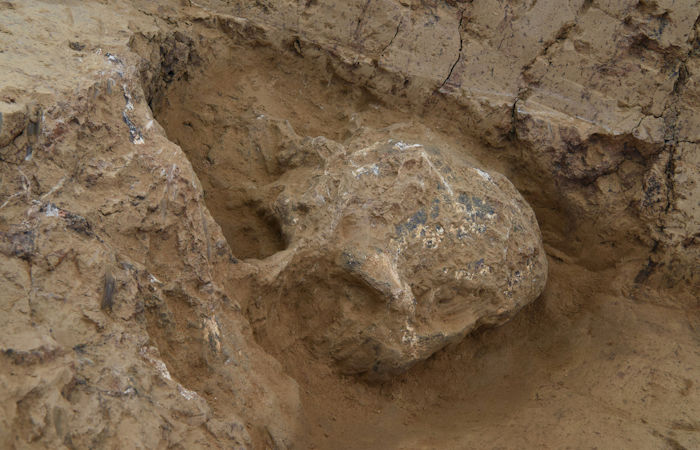
The skull as it looked when it was still partially buried. Credit: Xinhua
The skull is believed to be the most intact Homo erectus specimen of its age found in inland Eurasia. “No obvious deformation has been found. It is in very good condition and features the typical characteristics of Homo erectus,” Gao Xing, a researcher with the Chinese Academy of Sciences’ Insтιтute of Vertebrate Paleontology and Paleoanthropology, said, referring to an extinct species of the human genus that is perhaps an ancestor of modern humans.
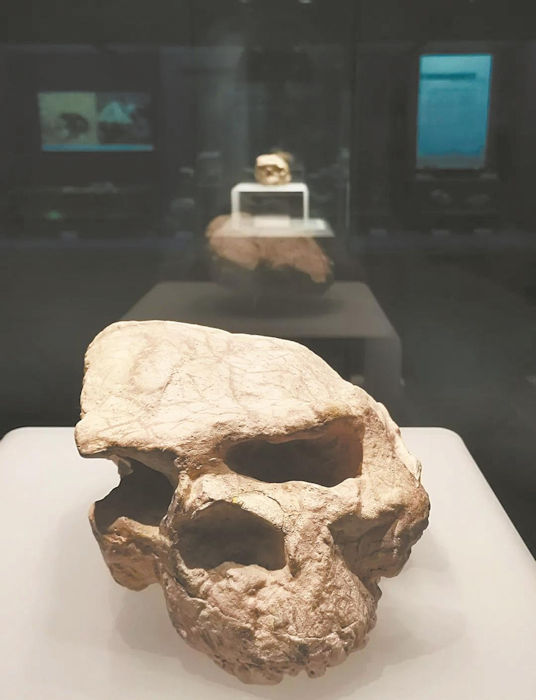
“Yunxian Man” No. 1 Skull Fossil. Credit: Chutian Metropolis Daily
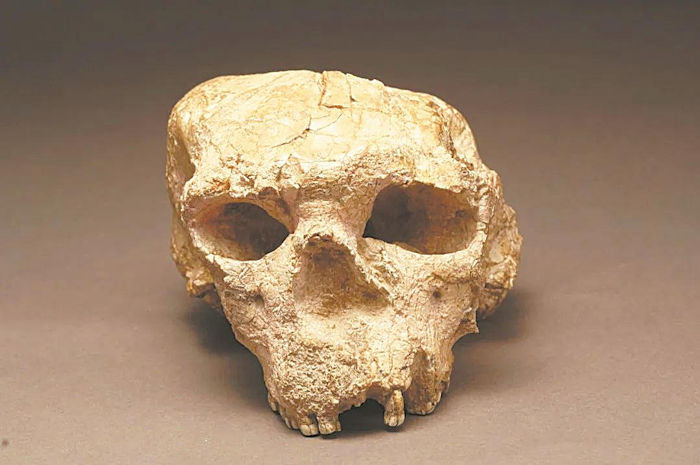
Yunxian Man” No. 2 Skull Fossil. Credit: Chutian Metropolis Daily
Previous excavations at the Xuetangliangzi site have been a success. To archaeologists and paleontologists, the site is of great importance. The place has been famous ever since the discovery of two hominid crania in 1989 and 1990. The two fossils, dating from 800,000 to 1.1 million years ago, were named by scientists the No 1 and No 2 skulls of Yunxian Man (Yunyang district was then known as Yunxian county). However, the two fossils were found to be severely deformed when unearthed.
The 1-million-year-old skull of Yunxian Man is in such good condition that it can help researchers unravel some of the mysteries of evolution.
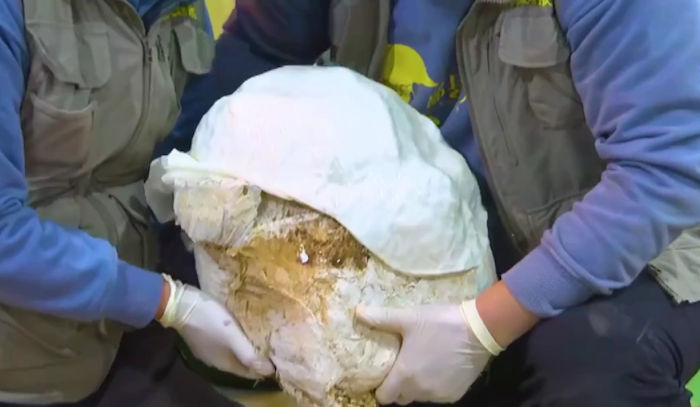
The ancient skull will now be cleaned, restored and examined. Credit: Xinhua
It took archaeologists six months to remove the rock surrounding the skull. Separating the human fossils from the animal and stone fossils was a delicate and strenuous process.
See also: More Archaeology News
According to the Xinhua agency, researchers said the new skull will provide important evidence for the evolution of the Homo erectus and its origin and development in East Asia. The well-preserved third skull will fill the research gap left by the deformed natures of the first two.
Many stone tools found at the site have also proved that Yunxian Man could hunt, make and use tools millions of years ago.
Written by Conny Waters – AncientPages.com Staff Writer





